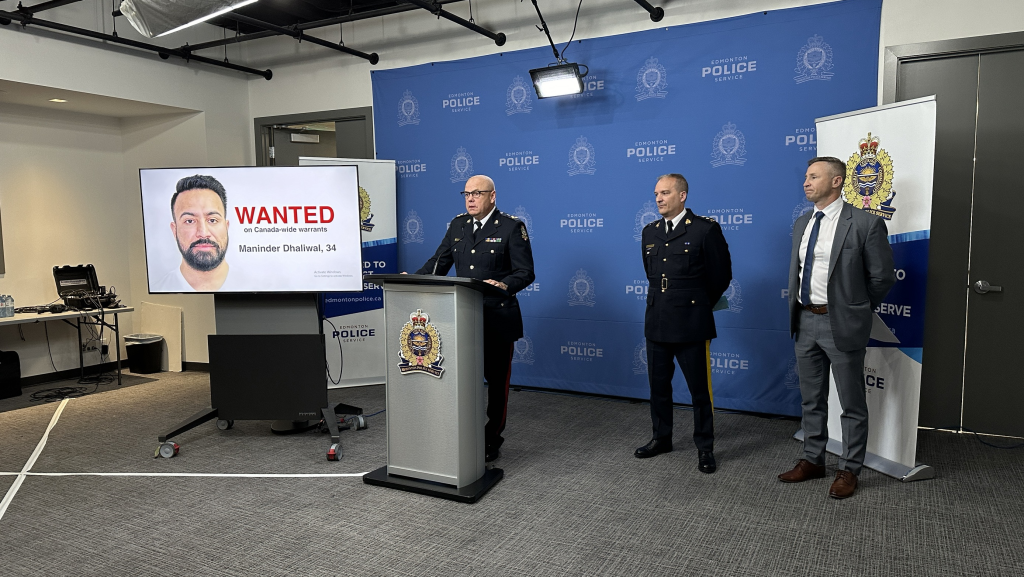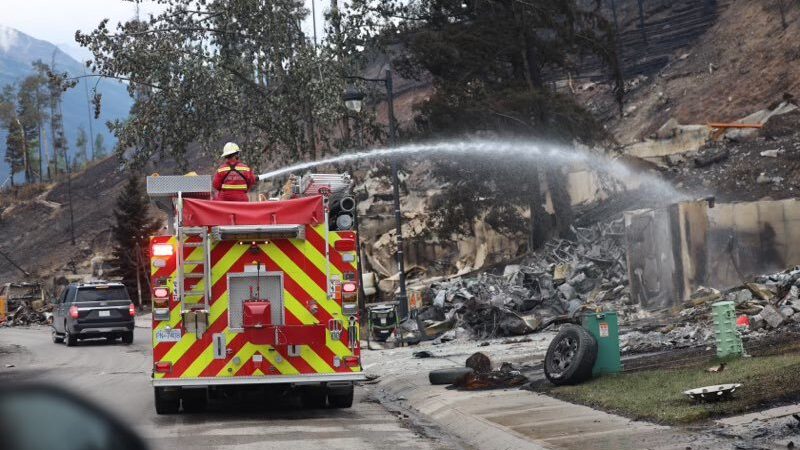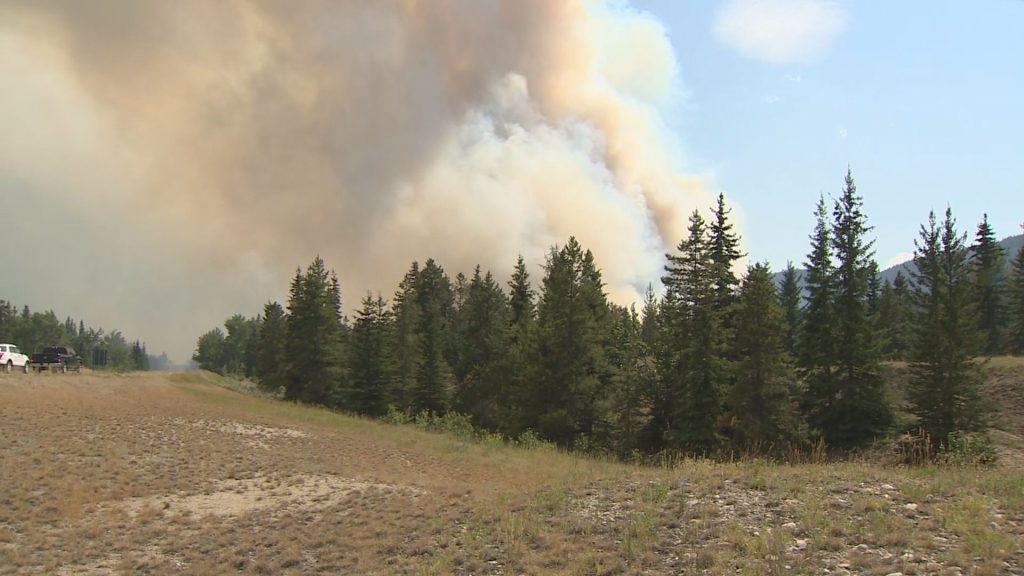Invisible and alone: Young people without a home face increased risks during pandemic
Posted April 7, 2020 6:23 am.
VANCOUVER (NEWS 1130) – There’s a lot of fear and anxiety around the fate of those living on the Downtown Eastside right now but there’s a whole population of people who are homeless who you might not be thinking of, because they tend to be invisible.
According to A Way Home Canada, which focused on issues of youth homelessness, 20 per cent of Canadians without a home are between the ages of 13 and 25.
“We’re sort of poised to see maybe an increase in those realities for young people who are now at home, isolated at home, in an unsafe environment, or in periods of time or at a period where financial stability isn’t the case in homes,” David French, the group’s director of policy and planning, explains. “Also in a time where people are at risk of leaving their homes, overall, in that family unit.”
He says tensions can be high in such family units on a “regular day,” let alone during the coronavirus pandemic.
French notes youth who are kicked out or choose to leave for safety reasons often couch surf to avoid sleeping outside.
“…We’re assuming that these young people have a safe place to land if they can’t be at home, and so I think we’re seeing, and we will be seeing, maybe higher numbers of young people couch surfing, if they can,” he tells NEWS 1130. However, he notes physical and social distancing measures are making it harder for them to find a place to stay.
French explains it’s likely we’ll see more young people “sleeping rough.”
“But there’s a silver lining to any of this reality, is that this is happening in March and April versus December, January, February, when it’s really cold,” he admits.
Public WiFi a lifeline
With coffee shops and other locations now being shut down due to the pandemic, French says youth are having a harder time accessing the internet.
For many people, internet access is sought to maybe check social media, but for the vulnerable young people French is talking about, the internet serves as an important connection to services.
It can be the very place they reach out to organizations for help with things like mental health and addictions, and even shelter.
“If they’re not accessing shelter services or not accessing what exists, still, as outreach services — because some of those have been curtailed because of the realities around COVID-19, what does that mean for continuing to reach out to young people who may be at risk?” French wonders. “They can no longer remain even virtually connected.”
He adds youth aren’t accessing the internet for frivolous reasons, they often don’t have money for cell phone plans and connect to their family or friends through messaging apps and social media.
Pushing for change
French says A Way Home Canada has been lobbying for more help for vulnerable youth, and adds A Way Home Canada has increased its activity.
The group is now asking provincial and territorial governments to suspend transitions for young people leaving child intervention.
Currently, there is a cut off period for a person in care, after which point they move back into the community or with others.
The good news, he says, is that B.C., Alberta, Saskatchewan, and Ontario have put a moratorium on transitions for young people. Other provinces are also apparently following suite.
“We ask for, at this time, no young person be transitioned and lose support during this period of time,” French explains.
“And also, that means, because some child welfare departments in government are also responsible for providing either licencing or requirements around youth shelter or beds, we wanted to be sure that young people weren’t being turned away from access to housing in this time.”
French says access to support and housing are critical at all times, but right now, especially.
Not COVID, just coughing
Another barrier young people face, he adds, is finding somewhere to go when young people may be showing signs of what appears to be COVID-19 — but isn’t.
“The challenges we’re hearing at the community level is that, ‘We can’t accept young people who present with symptoms.’ Well, lots of these young people have symptoms, they’ve always had symptoms, because they’re unwell. They’re street-involved, and street-entrenched, so that means they’re not well. It doesn’t mean they’ve got COVID-19.”
He understands this presents an increased risk to service providers, however, he notes these young people have nowhere else to go.
“So that’s where some of our, you can call it pressure, has been,” French says.
If you are looking for help, French is urging you to be vocal.
“About how they are able to access support. If they’re seeing gaps in their ability to access supports, use social media to voice those concerns. Take to Twitter, take to Facebook, let us know where those gaps are.”
You can find more help here.








